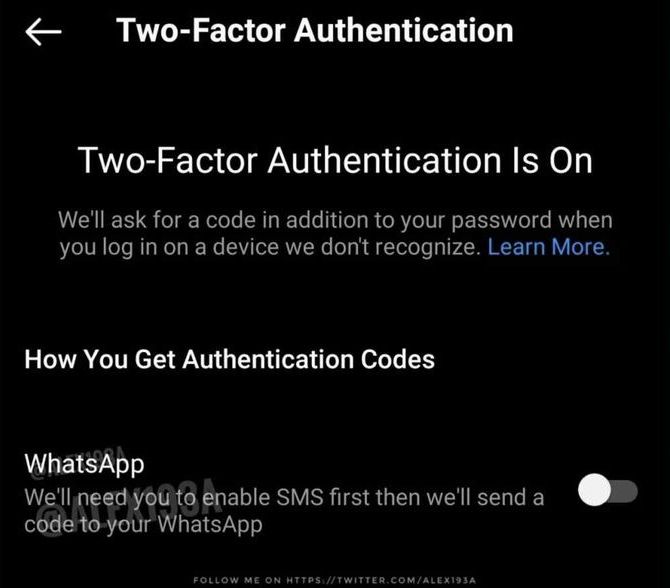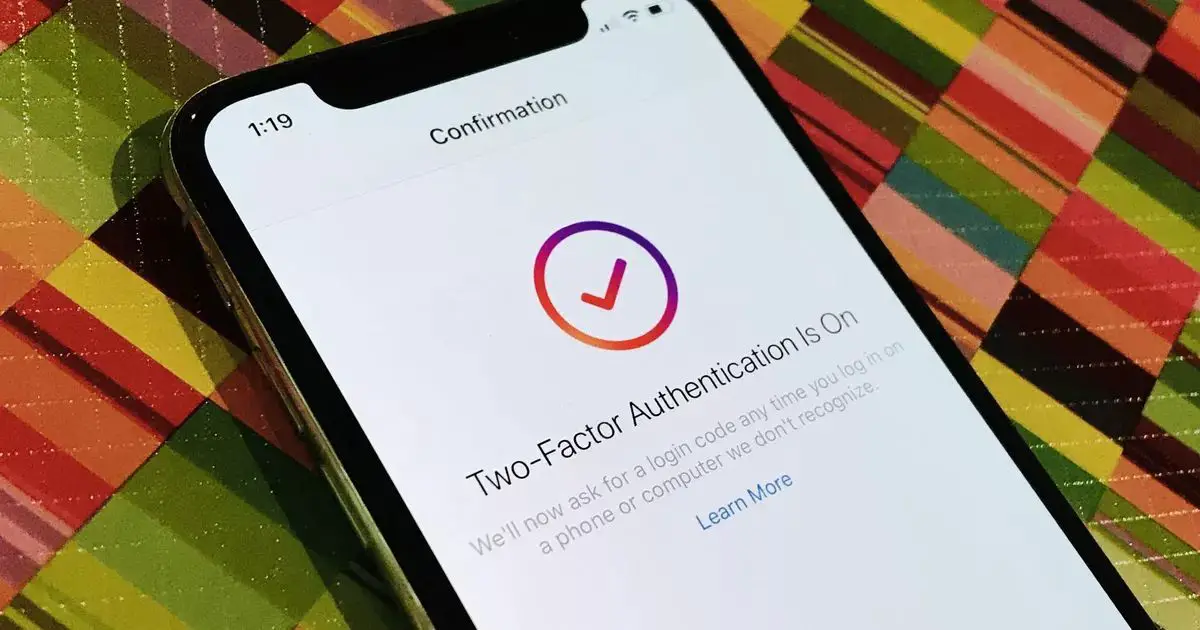It is increasingly recommended to activate the two-step verification (2FA) function in user accounts, so that they are better protected against possible access attempts by third parties.
For example, Google is working to activate it by default in those user accounts that allow it, looking for a greater number of users with their accounts protected by this method.
And as you know, the additional layer of security can range from the simple receipt of a one-time valid code by SMS to the use of physical security keys, among other methods.
Now experts say that sending a 2FA authentication code via SMS message might be unsafe, given the strategies of attackers when intercepting SMS messages received by their victims, so this method is gradually being discarded along the way.
In this sense, Instagram is working on an alternative method by which users will receive authentication codes via WhatsApp messages in the logins they perform, as shared a few days ago by the leaker and application researcher Alessandro Paluzzi on his Twitter profile, with a couple of screenshots that clearly show the operation of this feature, still under development.

As you can see, and although it may seem contradictory, users have to first verify their WhatsApp accounts for Instagram by receiving a single SMS message. It will be in subsequent login processes when the sending of code via SMS messages will be completely discarded.
In this sense, for each subsequent login they perform on Instagram, and with two-factor verification enabled, they will receive a single valid code through the WhatsApp messaging service, thus avoiding the receipt of codes via SMS messages.
According to the screenshots, WhatsApp will not store any data. As we pointed out, at the moment it is a feature that is under development, and it is unknown when it will become operational for all users.
In this way, Instagram takes advantage of other services of Facebook’s own family of applications to establish an alternative method, especially considering the enormous popularity of WhatsApp, reaching up to a quarter of the world’s population.





